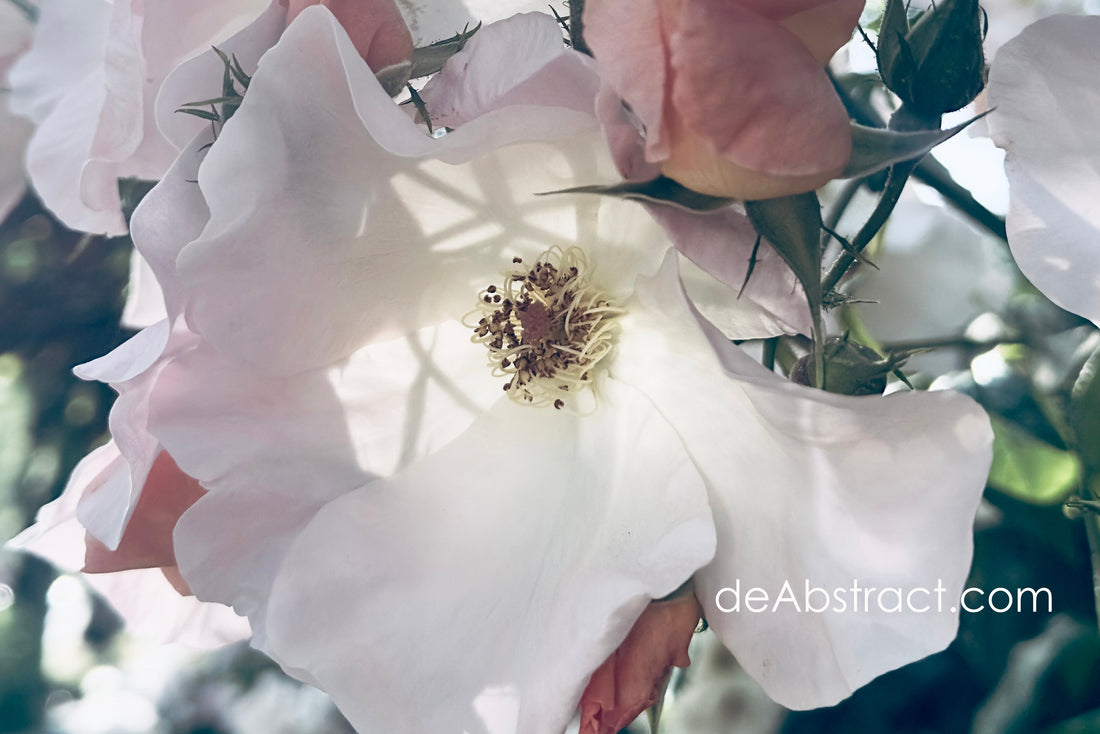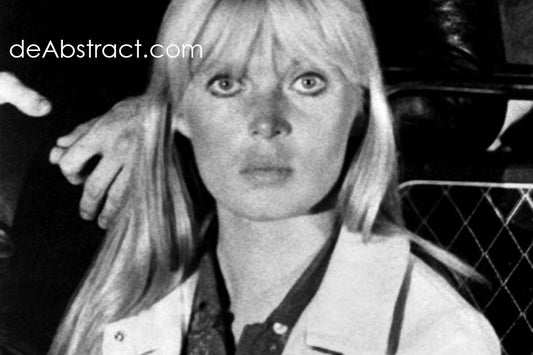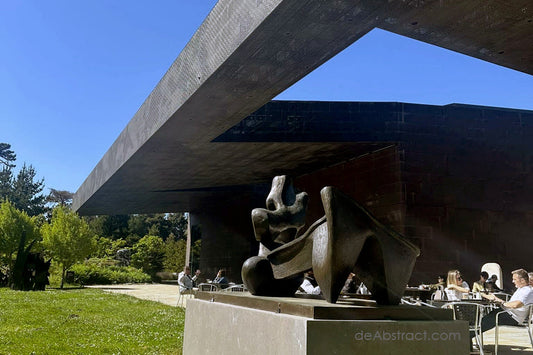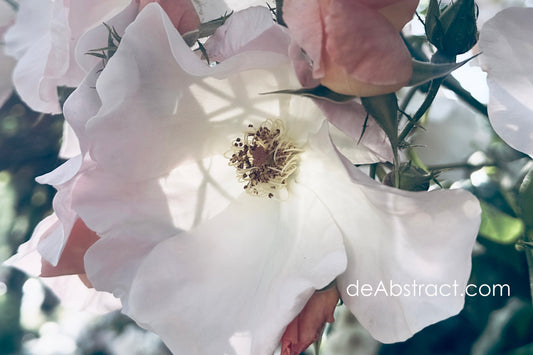
Why Beauty Matters in a World We’ve Built. Is Beauty a Luxury in a Modern Life?
The Forgotten Importance of Beauty in Modern Life: Beauty is everywhere - but it’s also nowhere specific. It isn’t a substance or a fact. You can’t hold it, but you can feel it. A sunset glows off the edge of a broken bottle. A coastline, a cathedral, a child’s face.
Beauty Is Not Luxury - It’s Essential. Beauty is not objective, yet it’s oddly universal. And for reasons we’re only beginning to understand, it deeply matters.
Human beings have been drawn to beauty for thousands of years. Even the earliest tools made by our ancestors—simple stone axes—show signs of refinement, not just utility. Researchers believe that some were carved into teardrop shapes not because they were more effective, but because they looked more aesthetically pleasing. In a harsh world where every calorie counted, someone still made time to shape a tool into something satisfying.
Why? Because beauty has always been more than decorative, it might be fundamental.  Ruth Asawa, 'The Faces'. - From the mid-1960s through 2000, Asawa created hundreds of individual face masks out of clay.
Ruth Asawa, 'The Faces'. - From the mid-1960s through 2000, Asawa created hundreds of individual face masks out of clay.
A Deeply Wired Instinct.
The concept of beauty has evolved across cultures and time, yet certain qualities remain consistent. Symmetry. Proportion. Patterns like spirals or fractals are found in seashells, flowers, and galaxies. These aren’t random preferences; they’re cues our brains have learned to trust. In nature, patterns often signal safety, nourishment, fertility, or life itself. A symmetrical face might suggest genetic health. A lush, colorful plant might signal nutrition. Clouds may hint at coming rain.
Beauty, in this sense, became evolutionarily useful. Our brains are tuned to notice and reward it. Recognizing beauty - especially in patterns - helped our ancestors survive. Even today, our reward centers light up when we encounter things that feel balanced or familiar.
Experiments have shown that even children and animals prefer images based on natural, harmonious patterns over chaotic ones. Aesthetic sensitivity appears to be an instinct, not a learned behavior. It's not just about what we like—it’s about how we’re built.

Despite its power, beauty has often been cast aside in modern times, especially in the spaces we build. In pursuit of efficiency and affordability, we’ve filled our world with concrete boxes and blank walls. Subway stations, public buildings, malls—they’re designed to work, not to inspire.
But something is missing.
Psychologists have found that sad environments—gray walls, sterile hallways, windowless rooms—can increase stress, boredom, and even heart rate. On the other hand, thoughtfully designed spaces with visual interest and beauty can improve mood, concentration, and physical well-being.
In hospitals, patients exposed to art or pleasant surroundings often heal faster and request less pain medication. In cities, beautiful architecture invites people to linger, connect, and feel a sense of belonging. What we see around us has a profound effect on how we feel—and how we live.

Beauty Is Not Luxury - It’s Essential.
What if the things we build, homes, cities, tools, digital spaces, were not only useful, but beautiful?
Beauty isn’t just personal preference or surface decoration. It’s a biological signal, a cultural language, and a tool for survival, even in our modern world. We may no longer rely on visual cues to spot predators or find edible plants, but our brains haven’t changed. We are still visual creatures, processing the world through pattern, color, light, and form.
What if we treated beauty not as an afterthought,
but as a principle of design?





